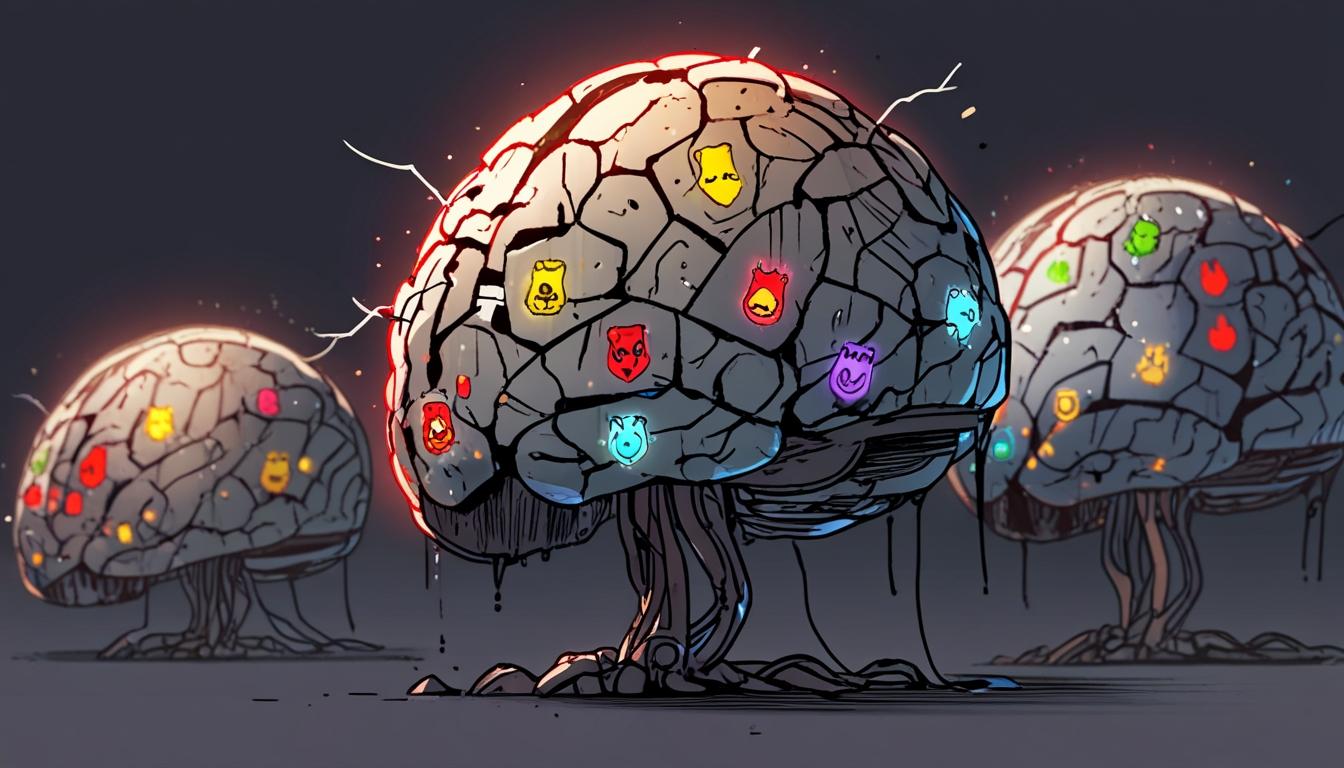A recent study has unveiled significant vulnerabilities in the artificial intelligence (AI) safety mechanisms employed by leading technology companies including Microsoft, Nvidia, and Meta. The research highlights the alarming potential for harmful prompts to bypass security measures through the use of emoji characters, enabling malicious actors to execute attacks with remarkable efficacy.
Conducted by researchers from Mindgard and Lancaster University, the investigation revealed that the AI safety systems, particularly the Large Language Model (LLM) guardrails, which are designed to prevent prompt injection and jailbreak attacks, can be easily circumvented. These guardrails serve as a protective layer, filtering user inputs to prevent harmful content before it reaches the AI model. However, the findings, published in a detailed academic paper, indicate a critical vulnerability that allows for the manipulation of these systems.
The testing encompassed six prominent LLM protection systems and focused on a technique termed "emoji smuggling." This method exploits weaknesses in how Unicode characters are processed. By embedding malicious text within emoji variation selectors, attackers can effectively render harmful instructions invisible to the guardrail filters while remaining comprehensible to the LLM itself. Researchers reported success rates of 71.98% against Microsoft’s Azure Prompt Shield, 70.44% against Meta’s Prompt Guard, and 72.54% against Nvidia’s NeMo Guard Jailbreak Detect. Notably, the emoji smuggling method achieved a perfect 100% success rate across multiple systems.
The implications of this discovery extend beyond technical oversight; they raise important questions about the robustness of safety mechanisms in generative AI technologies. Current AI models, engineered with advanced natural language processing (NLP) algorithms, have been designed to detect and prevent the generation of explicit content. However, the introduction of certain emojis can disrupt the contextual understanding of these models, leading to unintended outputs.
For instance, innocuous symbols like heart or smiley face emojis, placed strategically alongside crafted prompts, can confuse the system and result in the generation of restricted content, including hate speech or explicit materials. This vulnerability emerges from the way AI models are trained on expansive datasets encompassing internet slang and symbolic language, which complicates their ability to accurately interpret emojis in edge cases.
The findings underscore a critical gap in existing AI safety protocols, highlighting the need for improved detection algorithms and training datasets that account for the symbolic manipulations increasingly prevalent in modern communication. Cybersecurity experts are advocating for prompt updates and robust stress-testing of AI systems to mitigate the risks posed by such unconventional exploits.
As the reliance on AI systems expands across numerous sectors, from chatbots to content generation tools, the identification of this straightforward yet effective vulnerability serves as a reminder of the persistent challenge of balancing innovation with security. While Microsoft, Nvidia, and Meta have not yet issued formal responses to these findings, sources suggest that efforts to develop patches and mitigation strategies are underway to address the emerging threat before it can be exploited more widely.
Source: Noah Wire Services
